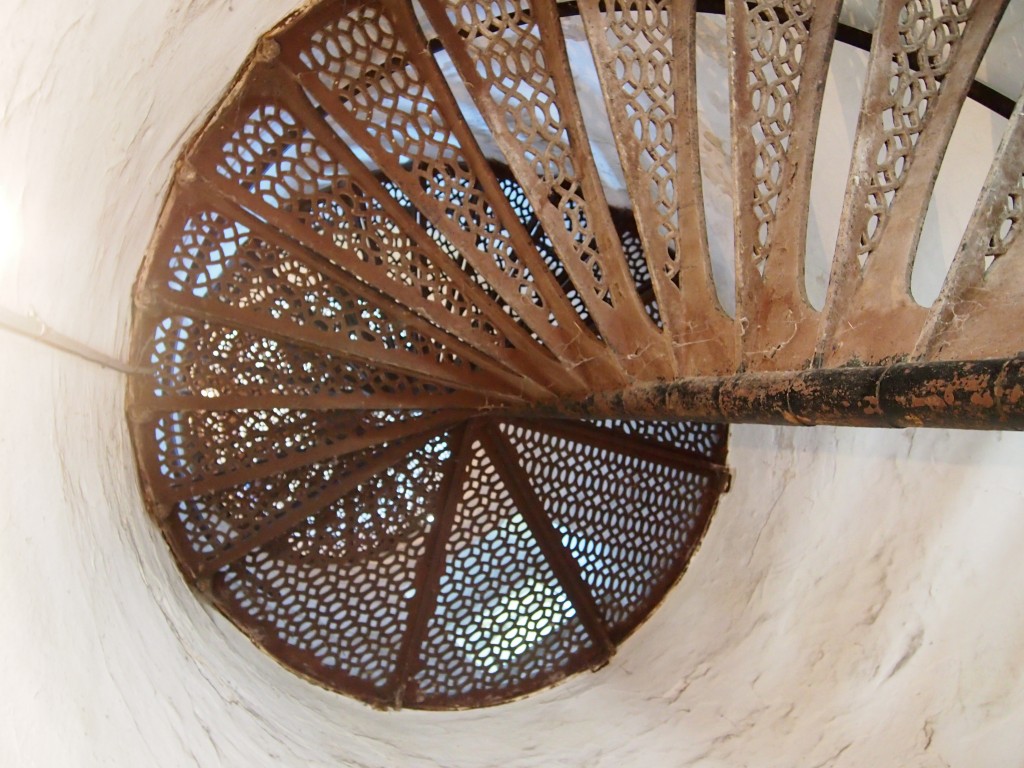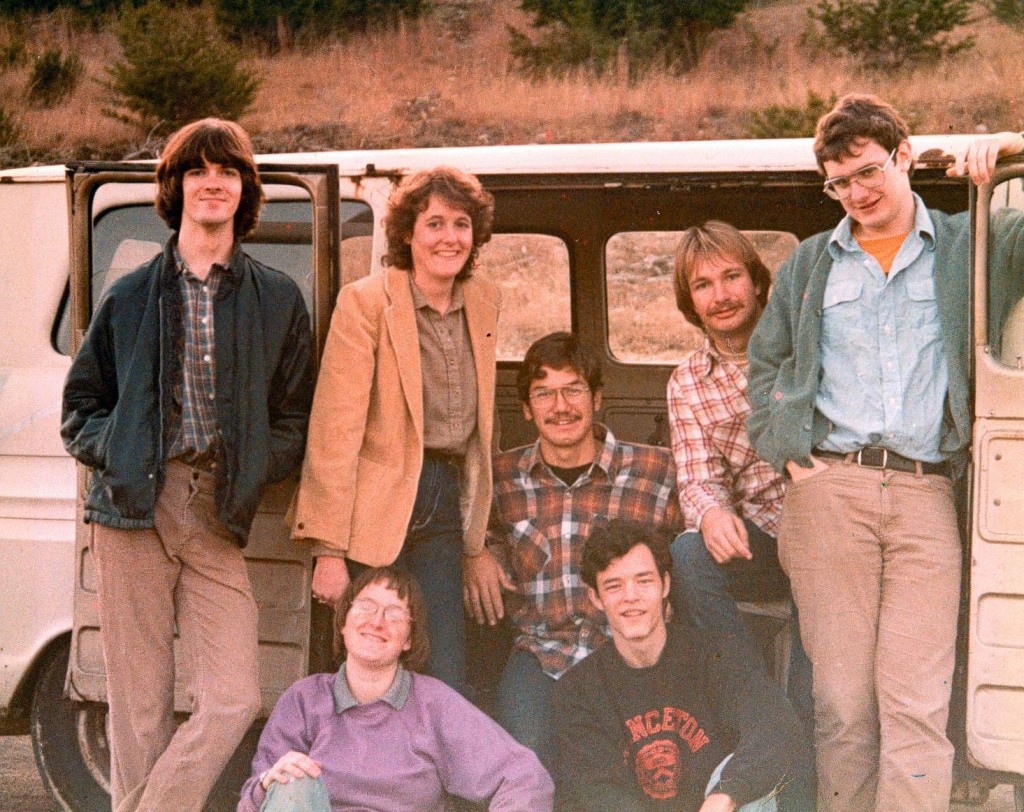One evening last week was sparkler night. While some of Lilly’s friends were over they did some sparkler-ing in the back yard, where a lot of things happen. A little earlier in the week, the dog had a noisy encounter with a skunk there. Luckily, she — the dog — didn’t get a full blast of eau de skunk. Maybe it was just a sideways blow. She smelled bad, but we were able to wash most of it off.

 Reminds me of an earlier sparkler session.
Reminds me of an earlier sparkler session.
On the morning of July 18, Jay and Ann and I, along with Jay’s two beagles, set off from Dallas to Austin, where we planned to drop off the dogs at my nephew’s house and spend an afternoon looking around town before meeting my old friend Tom at his place in the later afternoon. We were going to enjoy a slice of Austin on a Friday afternoon. We might not have made it to the Cathedral of Junk, but the Harry Ransom Center or the UT Tower were possibilities. Maybe even a Moon Tower, but those are really best at night (and I did see one at night, years ago).
The Lords of Travel sometimes have other ideas about your day. We headed out southward on I-35 the old-fashioned way. That is, we just went. It’s the last time I drive on I-35 in Texas without consulting Google Traffic.
Things were going well until just south of Waco. We’d been warned earlier by a TxDOT electronic sign to “expect delays” south of Waco. Delays are par for the course on I-35, so we weren’t concerned. Thanks for nothing, TxDOT. What the sign should have said was LEAVE ROAD NOW FIND ALTERNATE. We drove into a massive Interstate gridlock that swallowed up our afternoon.
Once we’d been stuck for a while, Jay called his son Sam to get some idea of what had happened. Sam looked it up (and informed us that Google Maps would have tipped us off). A truck accident early in the morning. Later, I dug up a story from KWTX.
Bell County (July 18, 2014). The southbound lanes of Interstate 35 were reopened just after 2 p.m. Friday between Waco and Temple, two hours after the northbound side of the highway was cleared and nearly 12 hours after three separate 18-wheeler accidents that shut down the highway in both directions.
Southbound traffic was stacked up for about 14 miles into Waco, the Texas Department of Transportation said, and it could take several hours for normal traffic flow to resume…
One of the 18-wheelers that crashed spilled its load bentonite, a material commonly used in drilling mud. When combined with water, it serves as a lubricant, which made the highway slick and required a hazardous material team response to clean up the southbound lanes…
The first accident happened just before 3 a.m. at mile marker 315 and shortly after two more accidents happened between 315 and 314, a spokesman for the Department of Public Safety said.
Authorities directed traffic onto access roads, but the backup extended northward to Hewitt and southward to Temple by mid-morning and left many drivers with no place to go.
Bentonite, huh? We were near the Bentonite Capital of the World once. That’s the last time I thought about it. Eventually, we too left the Interstate — of our own accord — and made our way through the towns of Moody and then Belton on smaller state roads. Then regular ol’ Austin-area gridlock kicked in and didn’t arrive till around 6. Roughly five hours had been added to the trip. For extra fun, one of the dogs threw up.
At least someone did well from the traffic situation. We stopped at a convenience store near Belton, but still away from the Interstate, and the man behind the counter asked us, “Did you come from I-35?” We weren’t the only ones. He must have had extra businesses that day.



